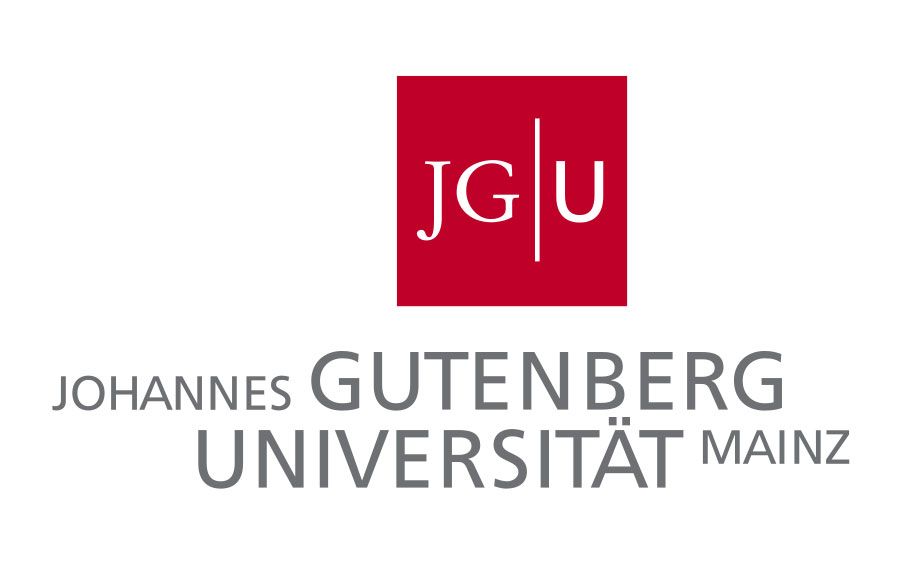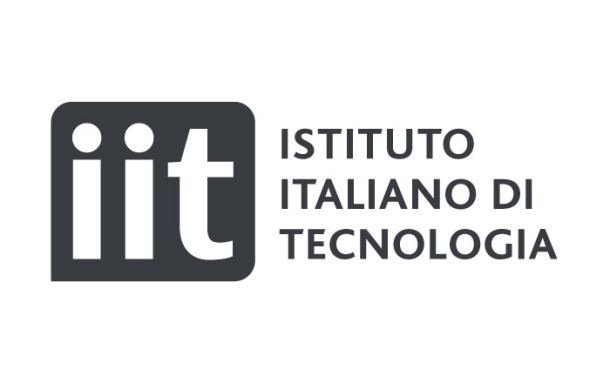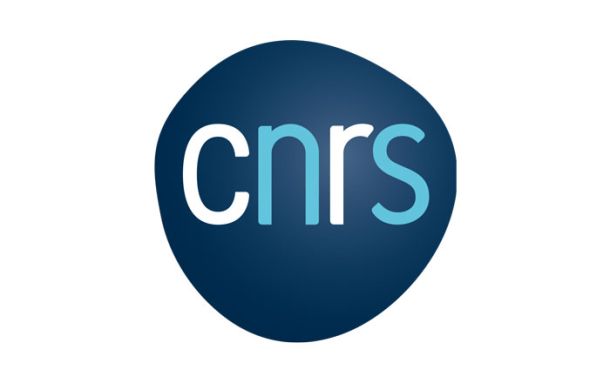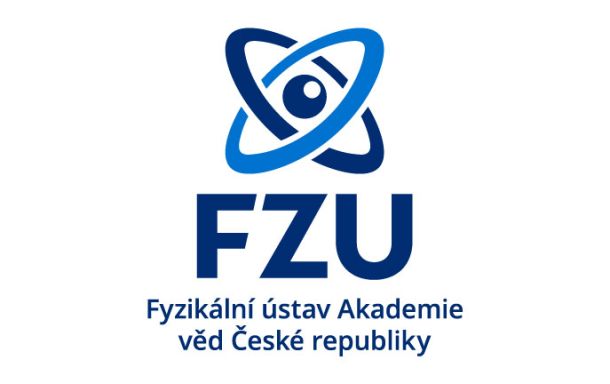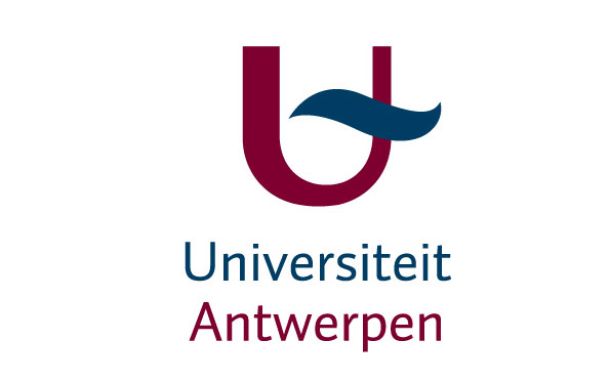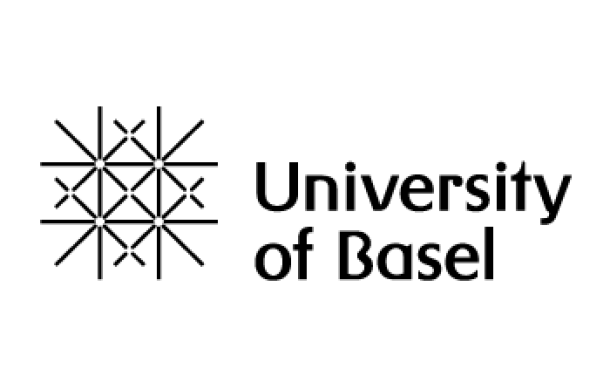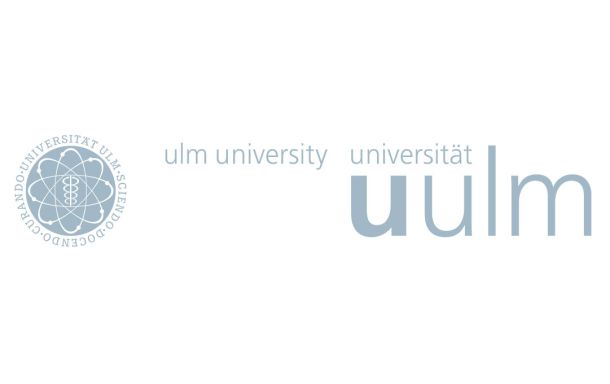Johannes Gutenberg Universität Mainz (JGU)
The Johannes Gutenberg University Mainz (JGU), founded in 1447, hosts currently, some 32 thousand students, 13 percent from abroad, making it one of Germany’s largest Universities. The Welcome Center for visiting scholars and students provides support for all contractual, insurance, visa and accommodation issues. The JGU consists of 10 departments, has associated research units (Molecular Biology, Bio-technology) and cooperates with several institutions (Max-Planck, Fraunhofer, Helmholtz). The JGU has also joined forces with the Goethe University Frankfurt and the Technical University Darmstadt to form a Rhine-Main network. Annually, about 660 dissertations are finalized at JGU Mainz, of which 120 PhD students, proportion of women around 45%, complete their studies in the department for chemistry, pharmacy and geosciences. JGU has an established structured doctoral studies programme, hosts a language center and offers a large variety of courses open to PhD students, ranging from presentation skills to proposal writing, project management, facilitation, and conflict resolution. JGU endorses the demands of the European Charter for Researchers and the Code of Conduct for the Recruitment of Researchers and is dedicated to their full application by implementing its HR Strategy for Researchers.
Key Research Facilities
The EMC-M at JGU will be the primary research facility for the project part. It is equipped with a Tecnai F30 ST (FEG, 300 keV) and a Tecnai Spirit G2 (LaB6, 120 keV) transmission electron microscope with STEM/HAADF and EDXS and state of art devices for electron crystallography: P1000 Nanomegas digistar device for precession electron diffraction, Gatan US4000/US2000 CCD. At the EMC-DA JEOL 2100F and JEOL ARM200 (probe corrected) transmission electron microscopes are available. Here the implemented equipment for nanobeam applications covers P1000 Nanomegas digistar device for precession electron diffraction with texture and strain analysis at the nanoscale, and a Medipix single electron detection camera. Both labs provide a wide range of sample holders like analytical sample holders, liquid nitrogen cryo-transfer tomography holder, heating holder. The sample preparation covers ultramicrotomy, cryo plunging, ion milling and SEM/FIB. Additional characterization methods like NMR, IR/Raman, x-ray diffraction are accessible in other work groups of the department. For data analysis of 3D electron diffraction data own software has been developed which is fully available and will be improved further.
Contact
-
PD Dr. Ute Kolb
- Johannes Gutenberg University Mainz
- Centre for High Resolution Electron Microscopy (EMC-M)
-
Duesbergweg 10-14
55128 Mainz, Germany -
Email
